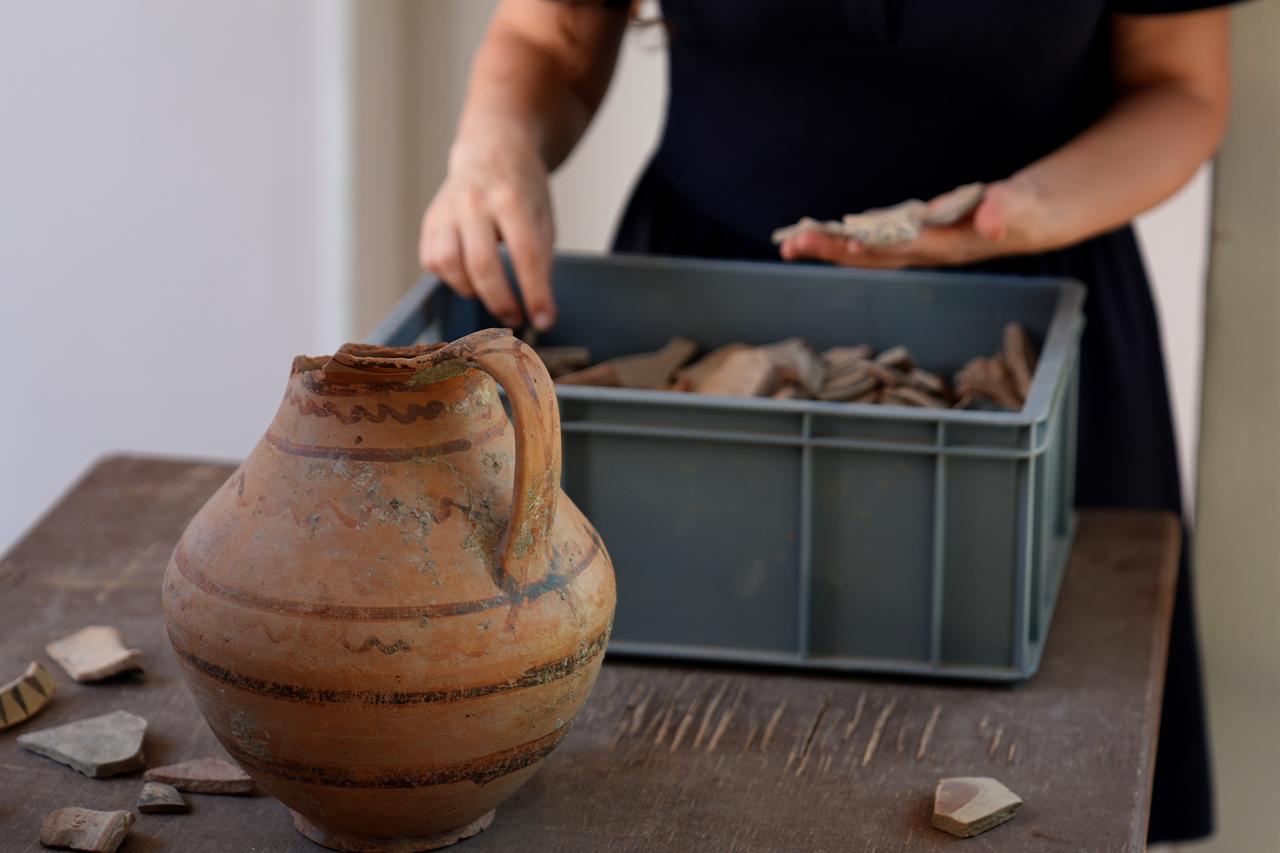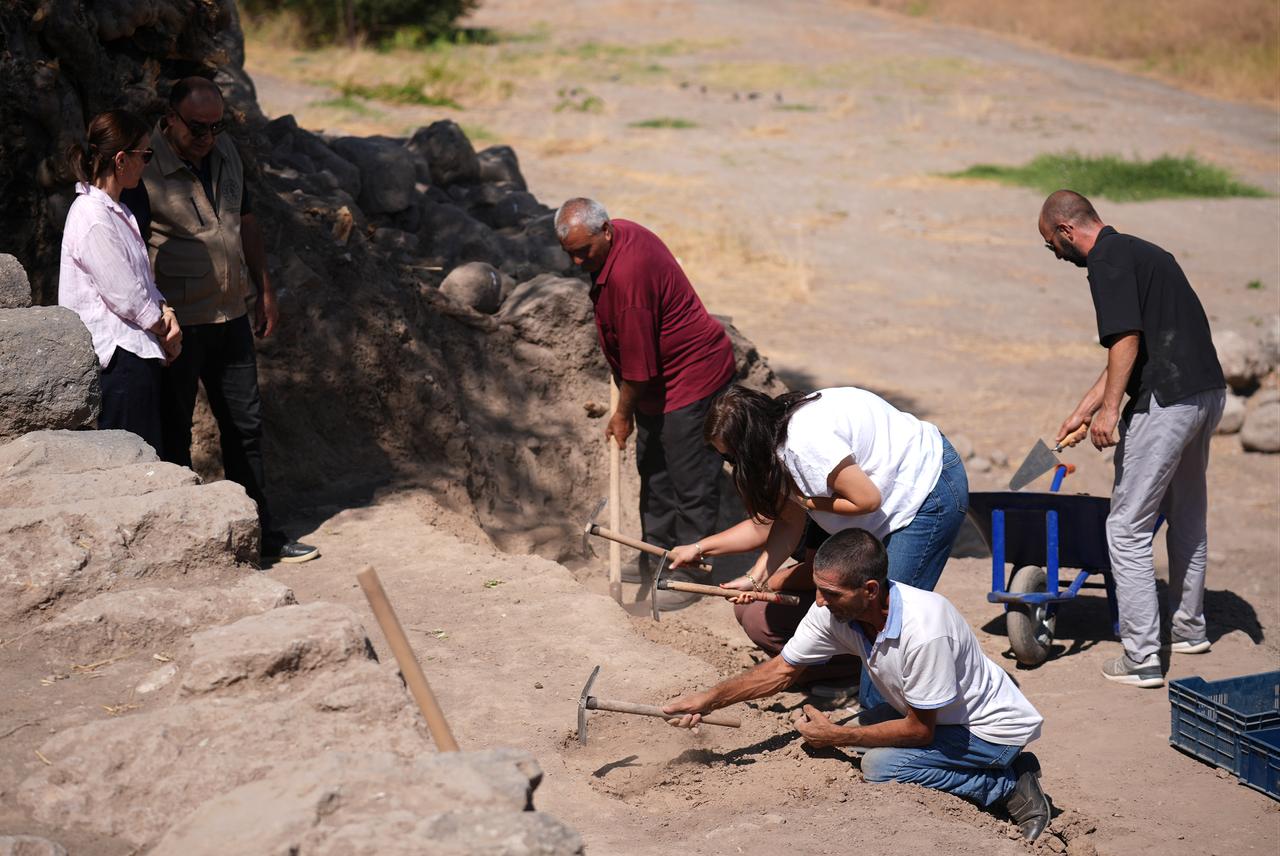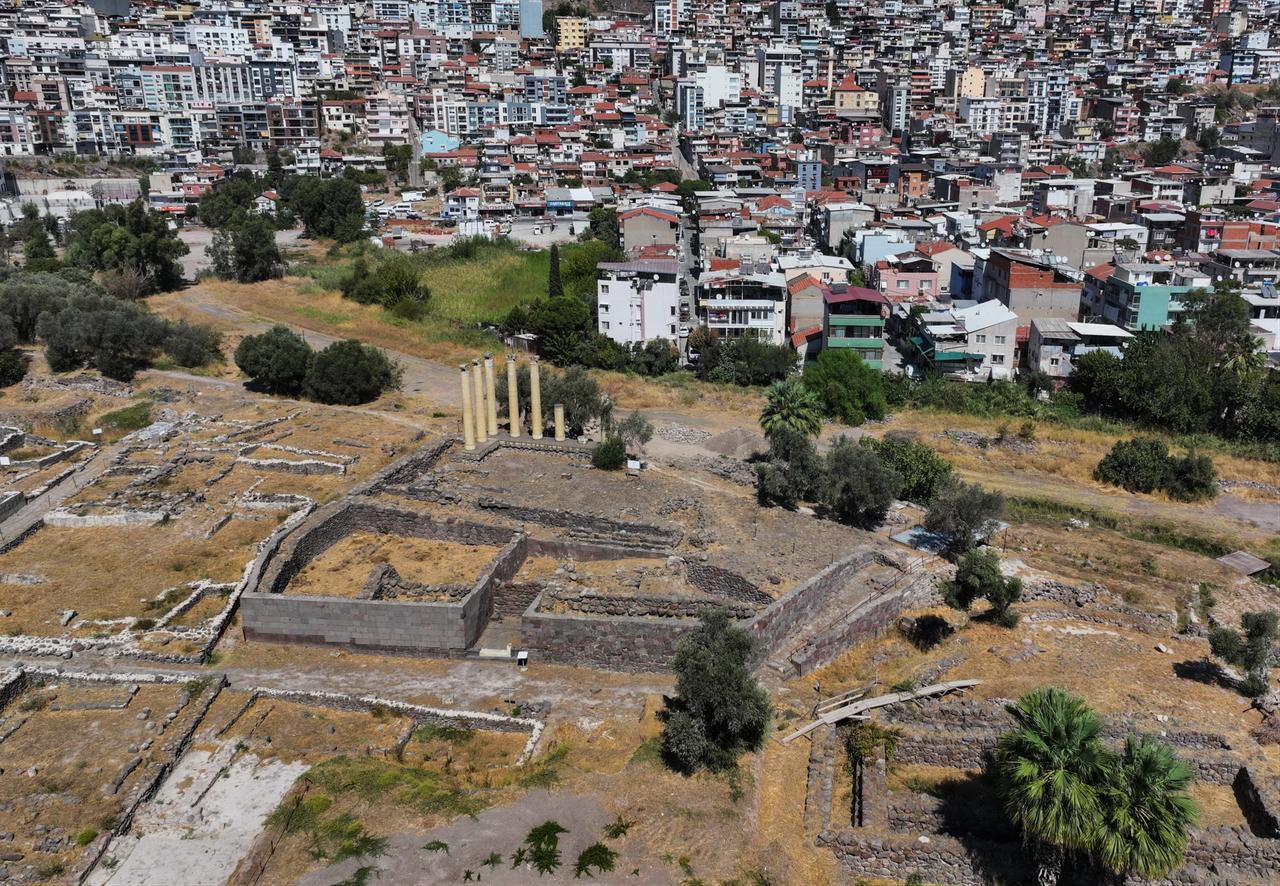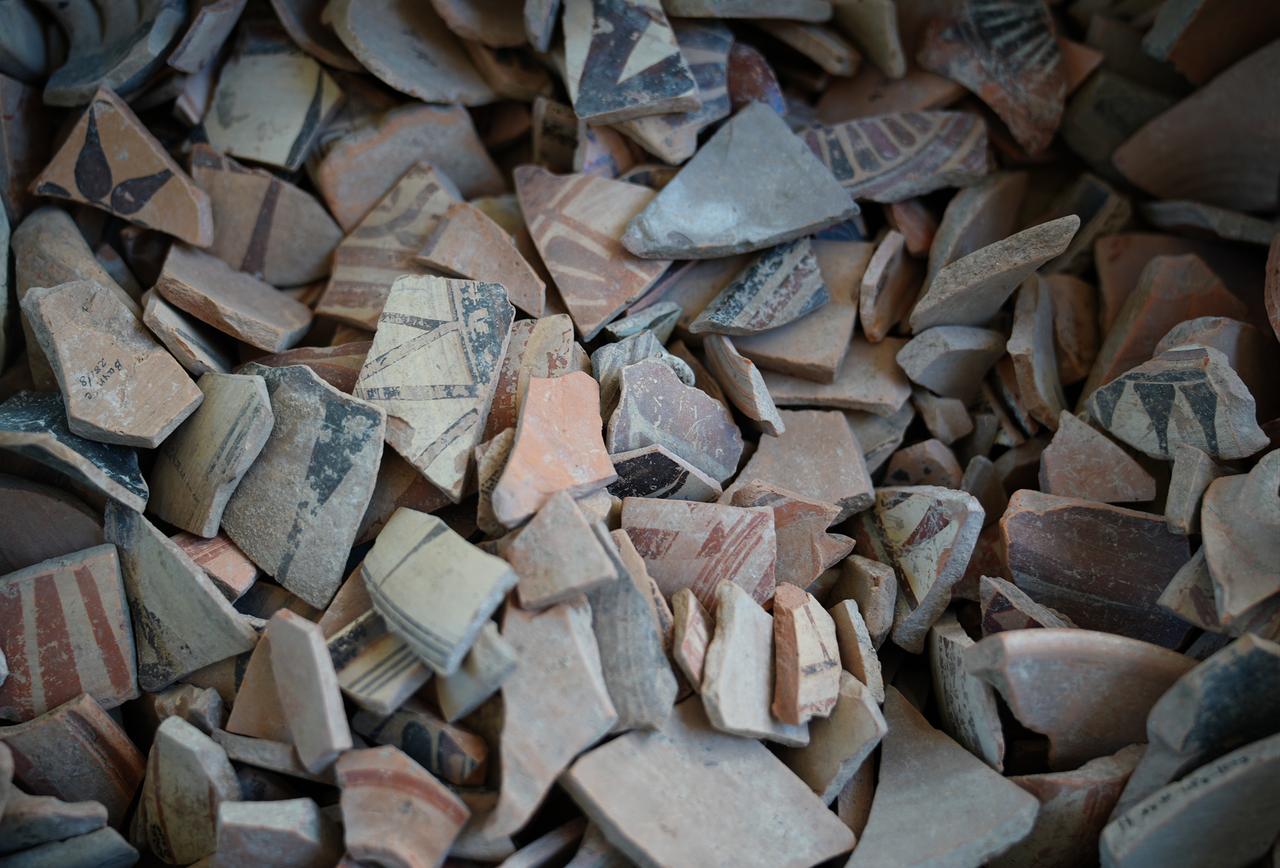
Archaeological excavations are underway at Smyrna Mound (Hoyuk), a 5,000-year-old mound located in the Bayrakli district of Izmir, western Türkiye. The site, also known as Old Smyrna, has long been regarded as one of the key settlements in the region’s ancient history.
The current work is being carried out on behalf of the Izmir Museum Directorate under the leadership of Museum Director Savas Gurbuz, with scientific consultancy provided by Professor Aylin Umit Erdem of Ege University’s Faculty of Letters, Department of Archaeology.

Professor Erdem told Anadolu Agency that the mound offers crucial evidence for understanding the city’s past. She explained that excavations, which began in 1948 and have continued intermittently since then, have been conducted over the last two years within the Ministry of Culture and Tourism’s “Heritage for the Future” project.
Last year, researchers focused on monumental gates, fortification walls, and towers at the city’s entrance, uncovering new information about its defensive architecture.

According to Erdem, this year’s excavations are centered on the surroundings of the Athena Temple. She noted that teams plan to concentrate both on the northern and southern sections of the temple.
In the northern area, work continues on the Classical Period defensive wall. On the southern side, various structures have been unearthed that can be dated to either the sixth or fourth centuries B.C.
Erdem emphasized that excavations in these areas are ongoing without interruption.

Erdem also highlighted that in recent years, archaeologists have increasingly turned their attention to the mound’s Bronze Age and Iron Age layers.
She underlined that the goal is to shed light on different settlement phases at Smyrna Hoyuk and trace the evolution of urban life in Izmir across millennia.